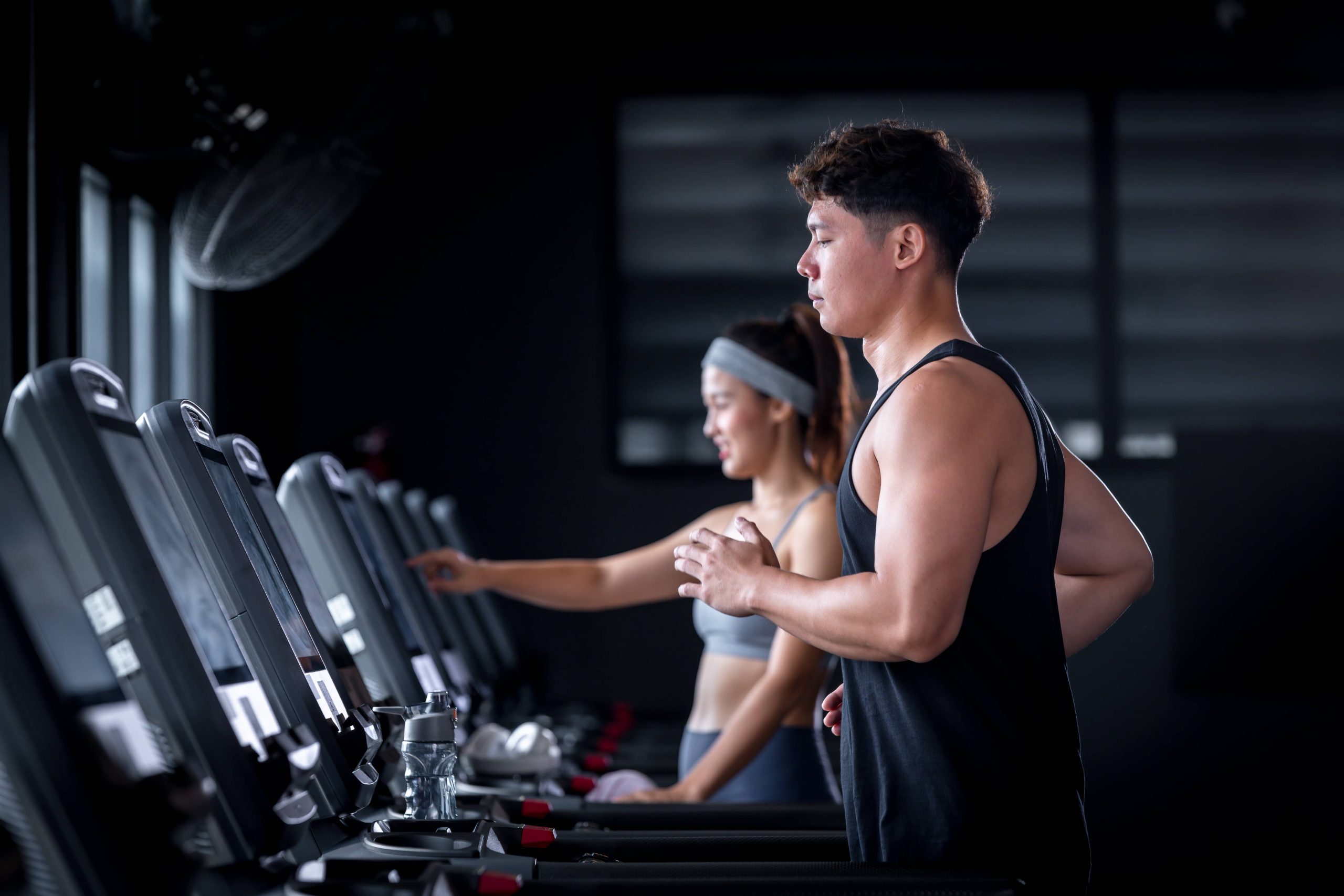
As a downhill snow skier, you know that the sport demands a unique combination of strength, agility, and flexibility. While many skiers focus on building muscle and improving their technique, flexibility is often overlooked. However, incorporating dynamic stretches into your pre-ski routine can significantly enhance your performance and reduce the risk of injury. Dynamic stretching involves active movements that take your muscles and joints through their full range of motion, preparing your body for the physical demands of skiing. In this blog post, we’ll explore five dynamic stretches that are particularly beneficial for downhill snow skiers.
1. Leg Swings
Why It’s Important: Leg swings are excellent for warming up the hip flexors, hamstrings, and quadriceps. They also help improve balance and coordination, which are crucial for maintaining control on the slopes.
How to Perform:
– Stand next to a wall or a sturdy object for support.
– Swing one leg forward and backward in a controlled manner, keeping your upper body stable.
– Perform 10-15 swings on each leg.
– Next, swing your leg side to side, crossing in front of your body and then out to the side.
– Again, perform 10-15 swings on each leg.
Benefits: This stretch increases blood flow to the lower body, enhances hip mobility, and prepares your legs for the dynamic movements required in skiing.
2. Arm Circles
Why It’s Important: While skiing is primarily a lower-body activity, your arms play a vital role in balance and pole planting. Arm circles help warm up the shoulders and improve upper body flexibility.
How to Perform:
– Stand with your feet shoulder-width apart.
– Extend your arms out to the sides at shoulder height.
– Begin making small circles with your arms, gradually increasing the size of the circles.
– Perform 10-15 circles in a forward direction, then reverse and do 10-15 circles backward.
Benefits: This stretch enhances shoulder mobility, increases blood flow to the upper body, and helps prevent shoulder injuries.
3. Walking Lunges with a Twist
Why It’s Important: Walking lunges target the quadriceps, hamstrings, and glutes while the twist engages the core. This combination is perfect for skiers who need strong legs and a stable core.
How to Perform:
– Stand with your feet together.
– Step forward with your right foot into a lunge position, keeping your knee aligned with your ankle.
– As you lunge, twist your torso to the right, engaging your core.
– Return to the starting position and repeat on the left side.
– Perform 10-12 lunges on each side.
Benefits: This dynamic stretch improves leg strength, enhances core stability, and increases flexibility in the hips and spine.
4. High Knees
Why It’s Important: High knees are a great way to increase heart rate and warm up the entire body. They also improve coordination and agility, which are essential for quick movements on the slopes.
How to Perform:
– Stand with your feet hip-width apart.
– Begin jogging in place, lifting your knees as high as possible with each step.
– Pump your arms in rhythm with your legs.
– Continue for 30-60 seconds.
Benefits: This exercise boosts cardiovascular endurance, enhances leg strength, and prepares your body for the dynamic movements of skiing.
5. Dynamic Hip Flexor Stretch
Why It’s Important: The hip flexors are often tight in skiers due to the crouched position maintained during skiing. This stretch helps to open up the hips and improve flexibility.
How to Perform:
– Start in a standing position.
– Step forward with your right foot into a lunge position.
– Push your hips forward, feeling a stretch in the left hip flexor.
– Hold for a moment, then return to the starting position.
– Repeat on the other side.
– Perform 10-12 repetitions on each side.
Benefits: This stretch increases hip flexibility, reduces the risk of hip injuries, and enhances overall mobility.
Conclusion
Incorporating these dynamic stretches into your pre-ski routine can make a significant difference in your performance and safety on the slopes. Not only do they prepare your muscles and joints for the physical demands of skiing, but they also help improve your overall flexibility, balance, and coordination. Remember, a well-prepared body is key to enjoying a successful and injury-free skiing experience. So, before you hit the slopes, take a few minutes to warm up with these dynamic stretches and set yourself up for a great day of skiing.











